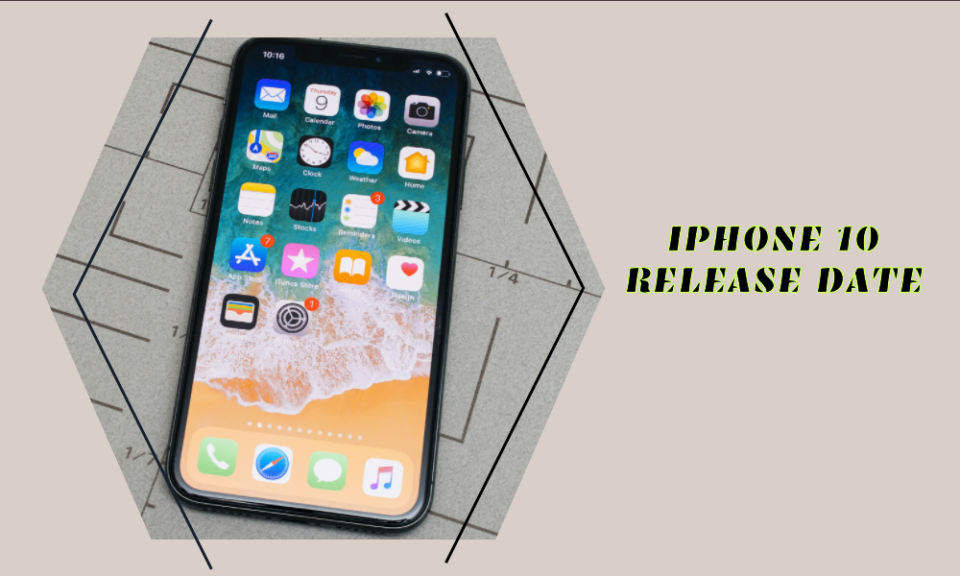As we look back at the trajectory of Apple’s iPhone, each model stands as a testament to the company’s consistent pursuit of innovation and technological advancement. Among these, the iPhone 10 (officially known as the iPhone X, where “X” is the Roman numeral for 10) holds a special place, marking a significant milestone in Apple’s journey. But when did the iPhone 10 come out? Let’s take a moment to revisit this landmark release and the transformative features it brought to the world of smartphones.
The Release of the iPhone 10
The iPhone X was announced on September 12, 2017, during a special event held at the Steve Jobs Theater on Apple Park’s new campus. The date of the announcement held special significance, marking the 10th anniversary of the original iPhone’s release, which set the stage for a decade of groundbreaking changes in mobile technology.
Pre-orders for the iPhone X started on October 27, 2017, and the device was officially released a week later, on November 3, 2017. The release was met with significant consumer anticipation, and despite its high price point, the iPhone X saw robust sales in the initial period following its release.
The Innovative Features of the iPhone X
The iPhone X stood out not just as a commemoration of Apple’s ten-year iPhone journey but also for its transformative features and design changes:
- Edge-to-Edge Display: For the first time in iPhone history, Apple introduced an edge-to-edge Super Retina OLED display, providing stunning color accuracy, true blacks, high brightness, and a 1,000,000 to 1 contrast ratio. This 5.8-inch screen featured a resolution of 2436 x 1125 pixels, making it the highest resolution iPhone display at the time of its release.
- No Home Button: The iPhone X made a bold design choice by removing the Home button, a mainstay feature since the original iPhone, to make way for the edge-to-edge display. This prompted a new way to interact with the iPhone, with gestures replacing the Home button’s functionality.
- Face ID: Without a Home button, there was no room for the traditional Touch ID. Instead, Apple introduced a revolutionary facial recognition system, Face ID, which used advanced technologies to map the user’s face for secure authentication.
- Animoji and Memoji: The advanced facial mapping capabilities of the iPhone X also allowed for the creation of Animoji and Memoji. Users could animate emoji and create custom avatars that mimicked their facial movements, adding a new dimension to messaging and social media.
- Wireless Charging: The iPhone X came with a glass back, enabling wireless charging. This was another first in the history of iPhones and offered users a new level of convenience.
Conclusion
The iPhone X, released on November 3, 2017, represented a major leap forward in Apple’s smartphone design and technology. It was more than just another iteration of the iPhone; it was a celebration of a decade of innovation that signaled the future direction of smartphone technology. Even as new models continue to advance and evolve, the iPhone X’s influence remains evident, underscoring Apple’s commitment to pushing the boundaries of what’s possible.

